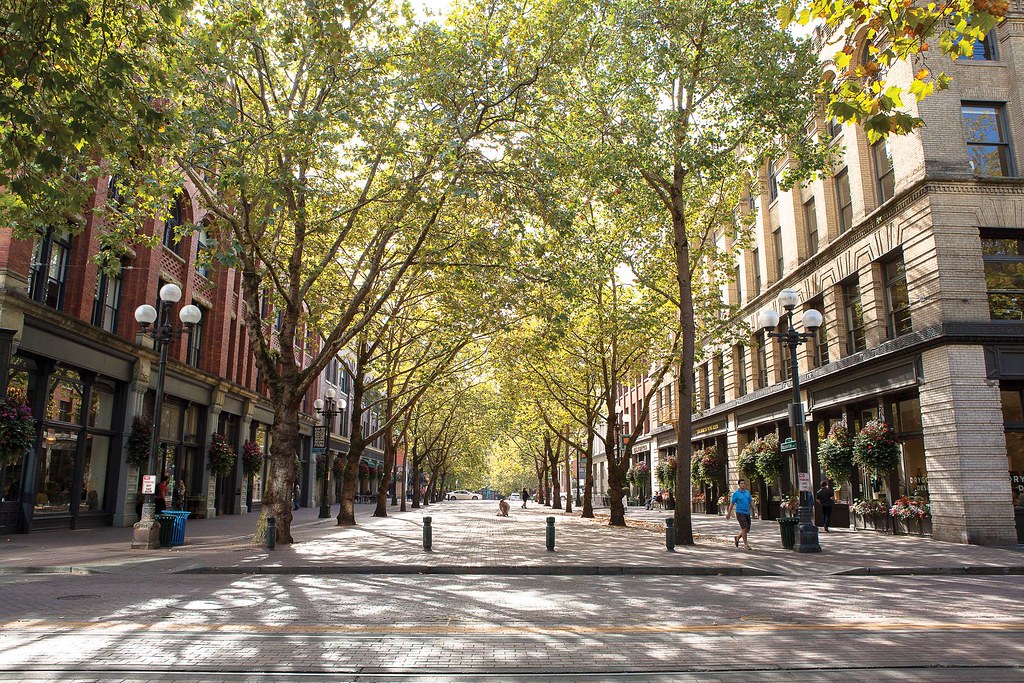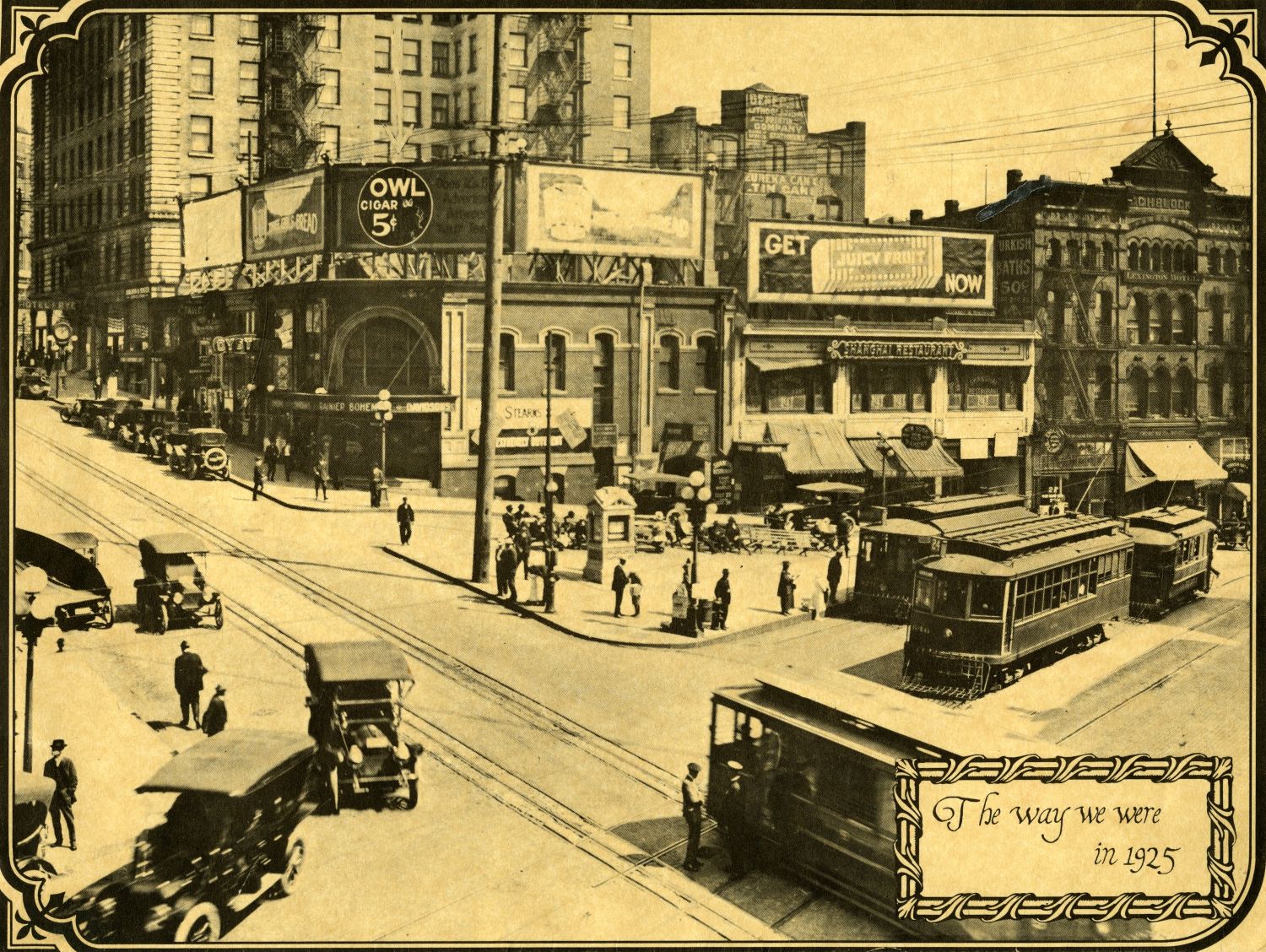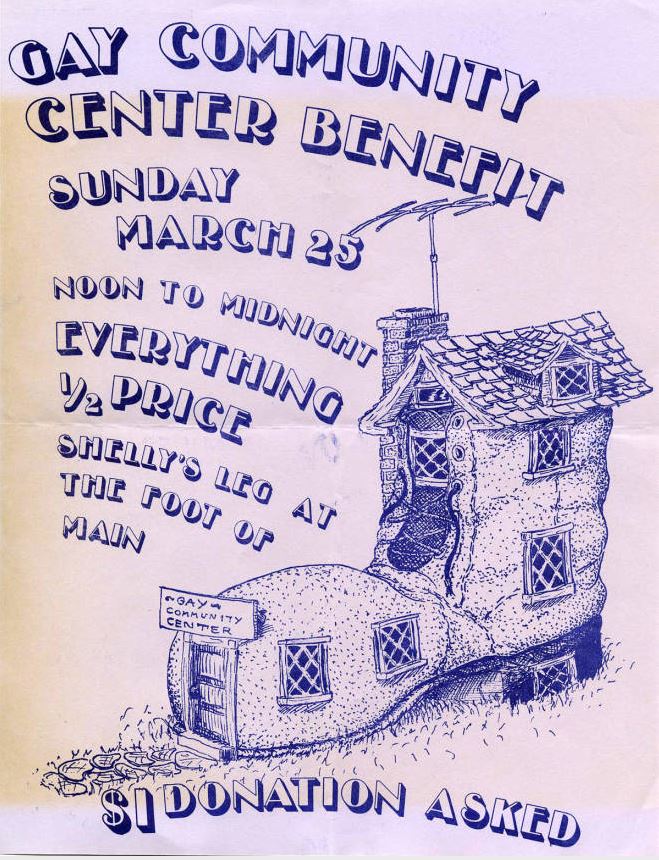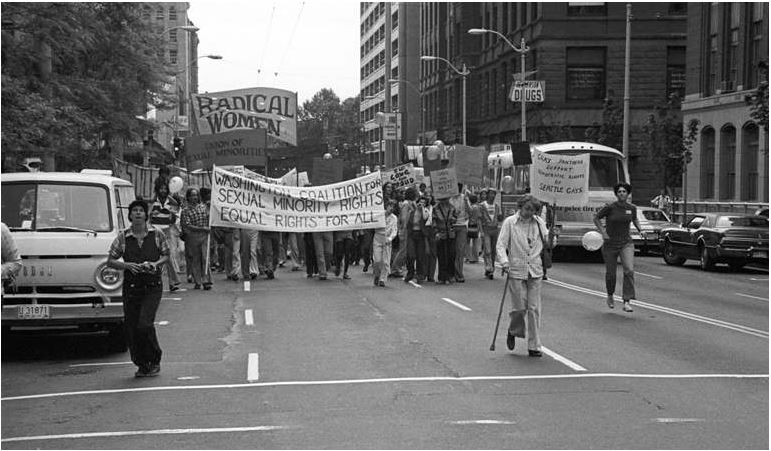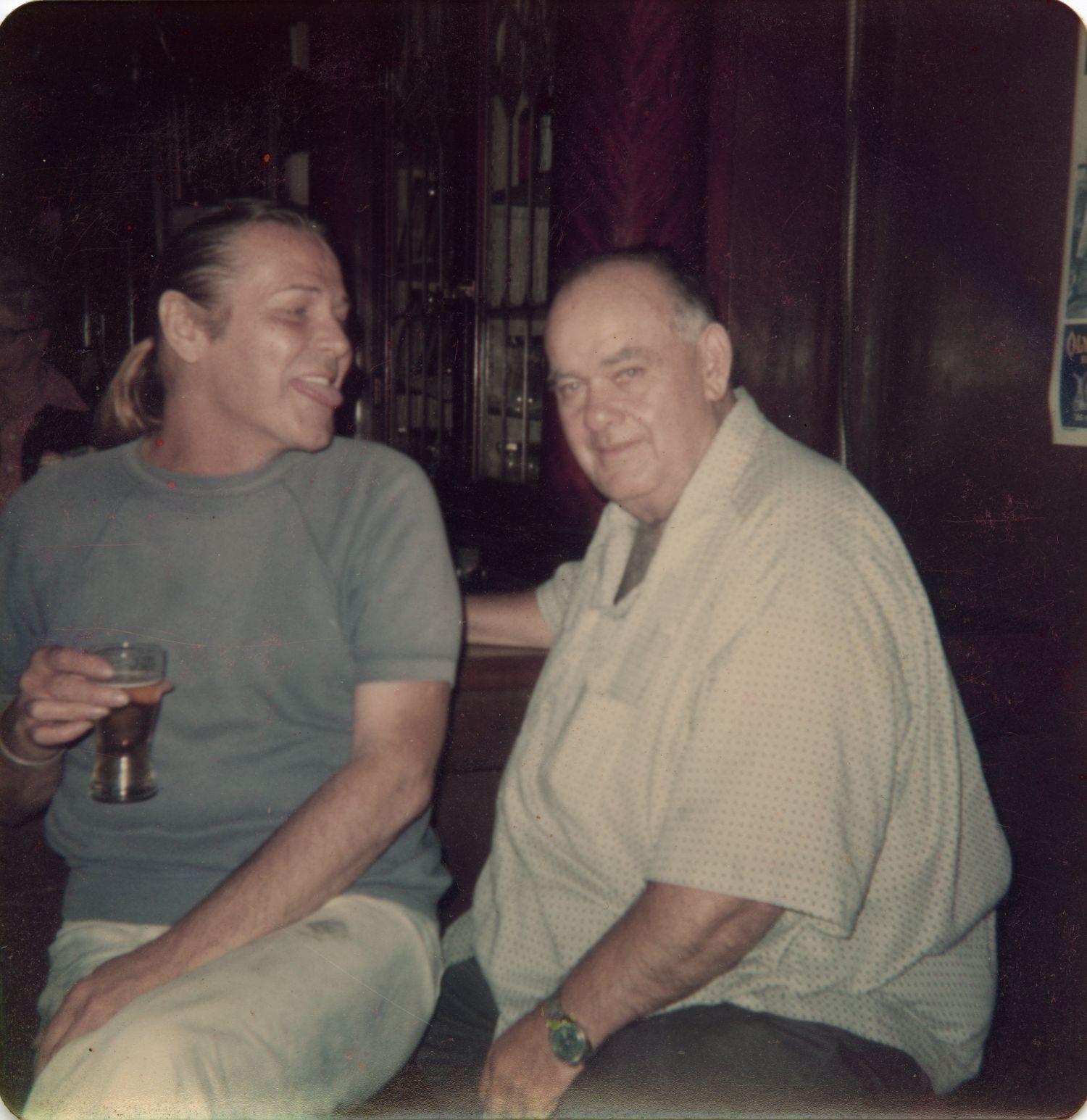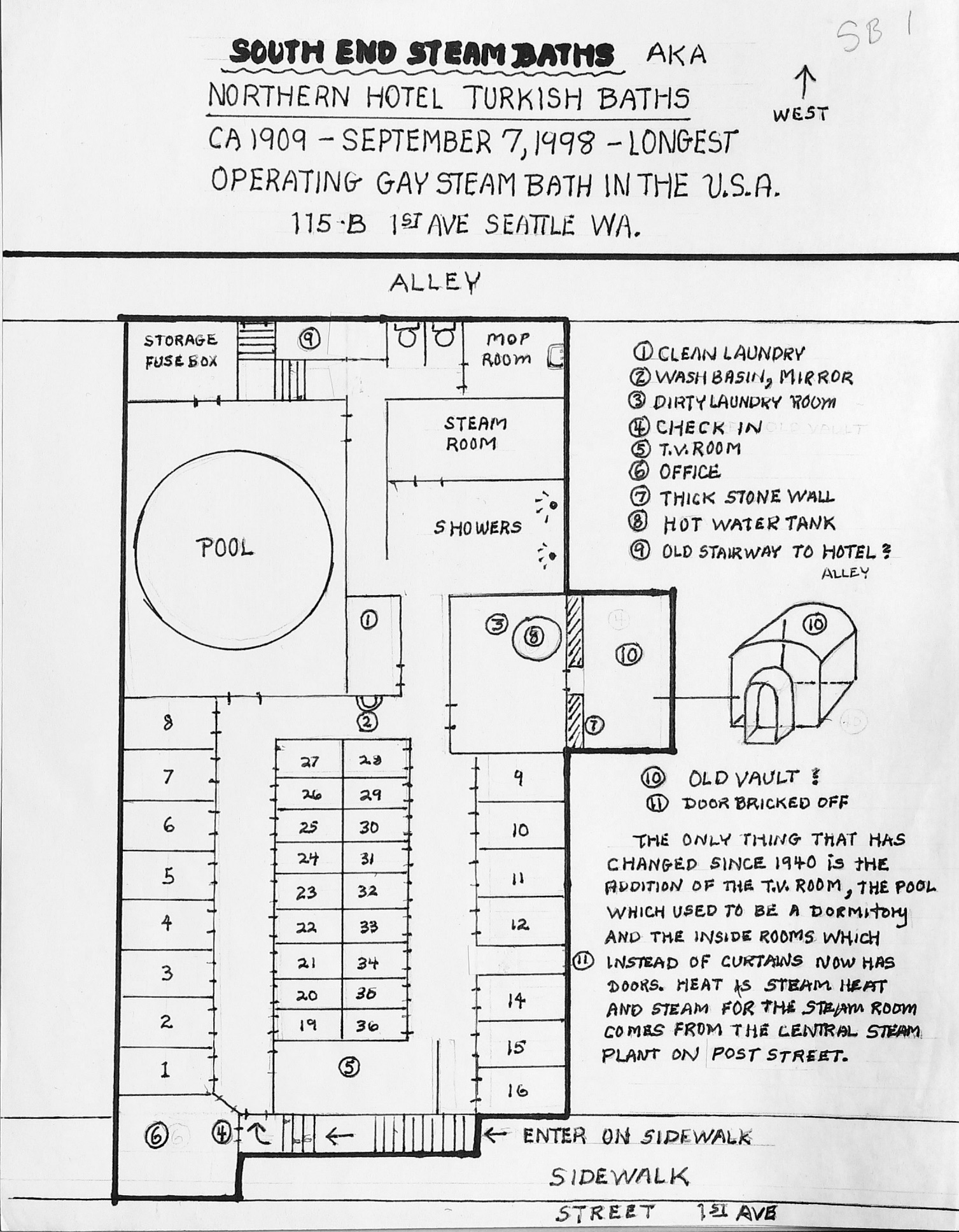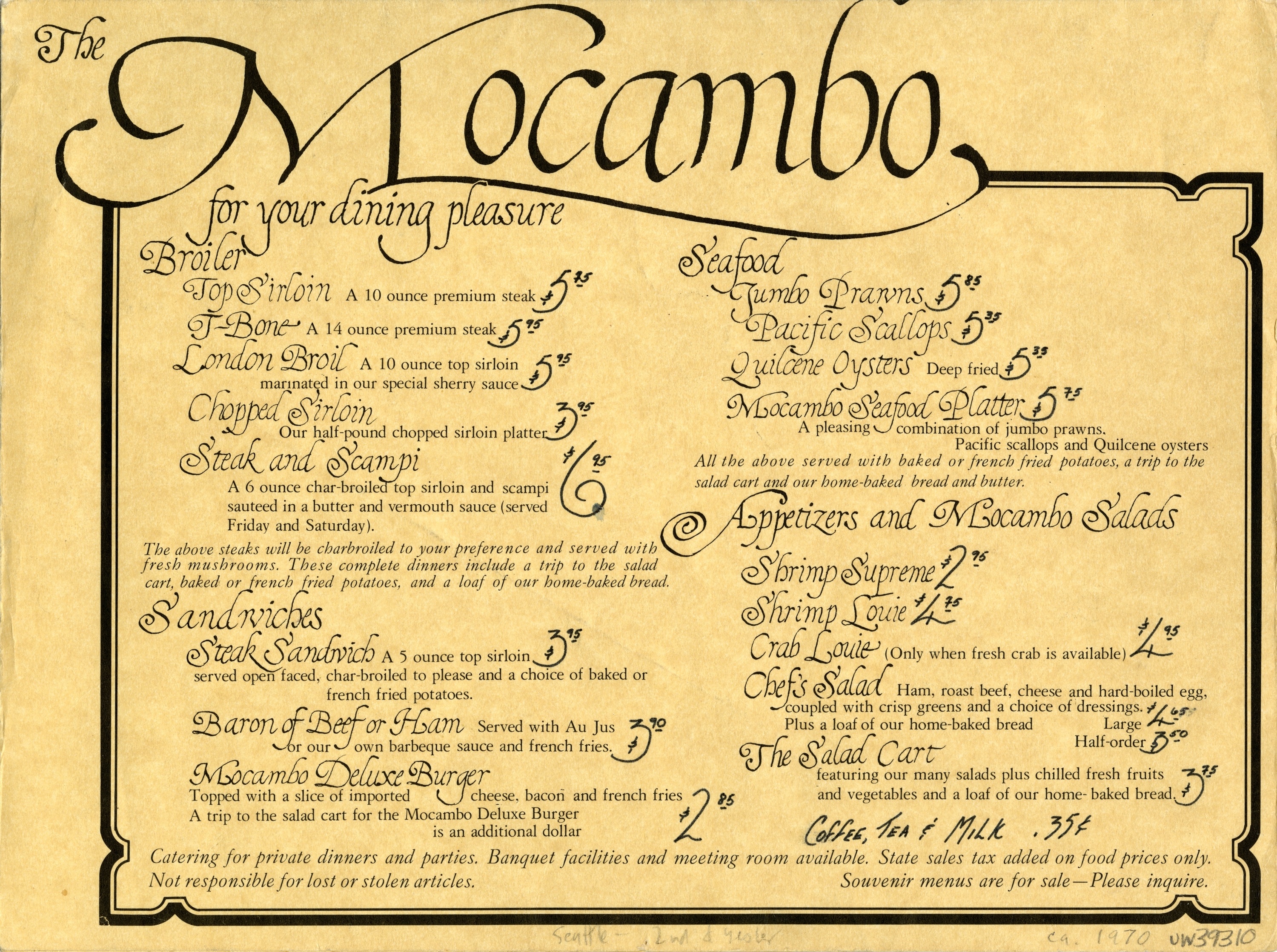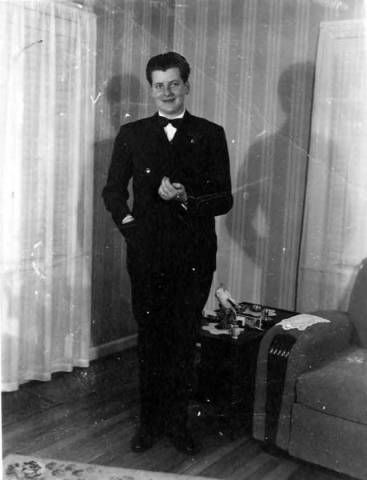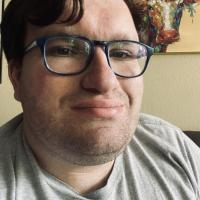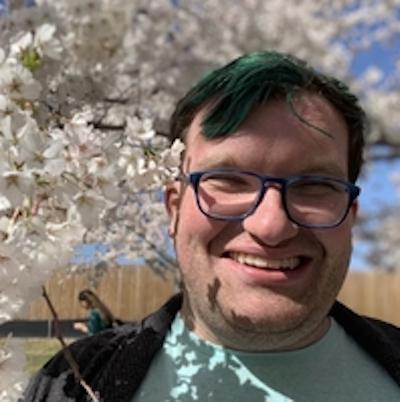
“Pioneer Square and the Making of Queer Seattle” is a public project that transforms a walking tour of the Pioneer Square neighborhood—originally created by the Northwest Lesbian and Gay History Museum Project (NWLGHMP)—into a digital project. The original tour introduced patrons to the vibrant, queer world in Pioneer Square that existed well before the 1970s. Barr translates the tour into a digital story map using ArcGIS StoryMaps and archives in the University of Washington Libraries Special Collections. For some sites on the tour, no visual material existed, and contemporary photographs of the locations had to be used.
